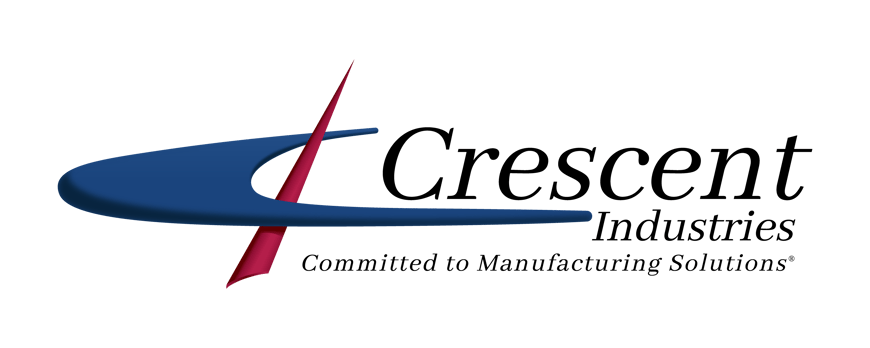The Impact of Injection Mold Classification on Cost
When evaluating an injection molding project estimate, the injection mold classification makes a difference.
Suppliers have different processes, protocols, and communication styles — and not all estimates reflect the actual cost of doing business.
The process starts with asking the right questions to arrive at an accurate estimate and knowing how to evaluate it.
It ends with a project that is delivered on time and within budget.
Ensuring Your Injection Mold Expectations are Met
If you’re using a buyer’s guide to evaluate a plastic injection molding estimate, you’ve already had a chance to think about considerations such as quality, the timing of delivery, technology, and production capabilities.
Hopefully, you’ve had a chance to discuss the potential partner’s capacity to offer post-processing operations to manage the complete supply chain.
Partners that offer a full-service approach can execute a mold design, injection mold build, production, secondary operations, and inventory management.
That takes a lot off your plate.
Now it’s time to scrutinize the injection mold classification details to ensure the potential partner can handle the project from the cradle to the grave and beyond.
Several significant factors affect the cost of a project. One of those is the injection mold classification.
Understanding Mold Classification of Injection Mold Tooling
Molds are divided into several categories. These classifications also help determine the cost of your injection mold tooling. They are listed below, in descending order according to price.
- Class 101 molds — designed for 1 million cycles or more and fast cycle times. Class 101 mold bases must have a minimum Brinell Hardness Number (BHN) of at least 280, and all cavities, cores, and other molding surfaces must have a hardness of at least 48 on the Rockwell C scale. Guided ejection and temperature control features must be present (e.g., in cores, cavities, slides, and anywhere else possible). Slide wear plates, corrosion-resistant cooling channels, and parting line locks are all required for Class 101 tools.
- Class 102 molds — for no more than 1 million cycles; these are a good fit for parts made out of abrasive materials (like glass-filled resins) and components with tight tolerances. These molds are still near the top of the mold price range because they are made with high-quality materials. Like Class 101 molds, Class 102 mold bases must be a minimum of 280 BHN, and all the molding surfaces must be hardened to a Rockwell C hardness of 48. The temperature control requirements are the same for Class 102 tools as well. For Class 102 tooling, guided ejection, slide wear plates, corrosion-resistant cooling channels, and plated cavities are optional, depending on the total production quantity required by the mold.
- Class 103 molds — for no more than 500,000 cycles. The mold base hardness requirement drops to 165 BHN, while cores and cavities must be hardened to at least 280 BHN. All other features are optional.
Another critical question: What size press is needed for your injection mold/product?
Putting It All Together
After the cost of the raw material, the manufacturing costs are determined by the machine's hourly rate and the number of cavities in the mold. The machine's hourly rate depends on the size of the injection molding press.
Plastic injection molding presses are classified based on the tonnage or clamping force. They can vary from 5 tons of clamping pressure to 4,000 tons. The higher the press ton rating, the larger the machine.
A good partner will help you determine the press size needed for your project.
The old adage is true when it comes to molded plastic parts: You get what you pay for.
That’s why it pays to research and learn when selecting a long-term partner who will work with you to ensure your project is delivered on time and within your budget, for example, a partner like Crescent Industries.
Topics:
Related Articles
-
Apr 10, 2025
How Are Injection Molds Made for Plastic Manufacturing?
Read MoreDo you have a part design and need an injection mold built? Are you interested in finding a tooling...
-
Jul 24, 2024
The Evolving Landscape of Custom Injection Molding
Read MoreA big part of establishing your foothold in any industry is adopting—or at the very least, staying...
-
Nov 21, 2023
3D Printing vs Injection Molding: Pros and Cons
Read MoreMany manufacturers compare 3D printing vs. injection molding to determine the best method for...

